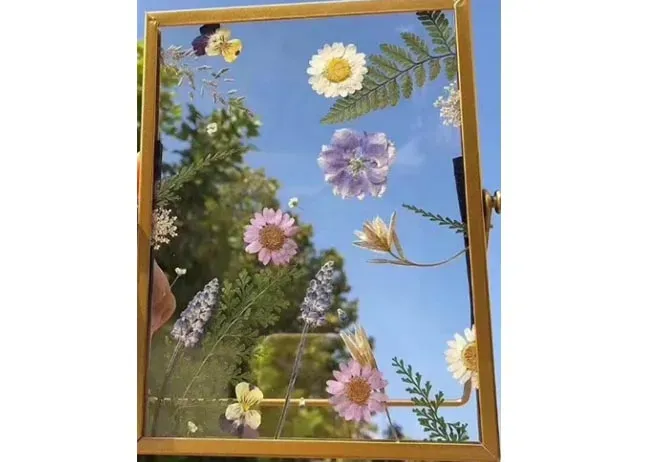Nov . 10, 2024 16:37 Back to list
Exploring the Benefits of Low Iron Tempered Glass in Modern Architecture
Understanding Low Iron Glass The Benefits of Tempered Glass in Modern Architecture
In the ever-evolving landscape of modern architecture, glass is more than just a building material; it’s a design element that enhances aesthetics and functionality. Among the various types of glass used in construction, low iron tempered glass stands out due to its remarkable clarity, strength, and versatility. This article explores the characteristics of low iron glass, the process of tempering, and its applications in contemporary architecture.
What is Low Iron Glass?
Low iron glass, also known as ultra-clear glass, is a type of glass that contains a reduced amount of iron oxide compared to regular glass. Iron impurities in conventional glass can give it a greenish tint, which can detract from the overall appearance and color accuracy of the viewed objects. Low iron glass eliminates this tint, offering a crystal-clear, color-neutral surface. This purity makes it an ideal choice for applications where transparency and clarity are essential, such as display cases, facades, and high-end residential or commercial spaces.
The Tempering Process
Tempering is a treatment process that involves heating the glass to high temperatures and then cooling it rapidly. This process significantly strengthens the glass, making it more resistant to impact and thermal stress. In fact, tempered glass is approximately five to six times stronger than non-tempered glass of the same thickness. This extra strength improves safety since tempered glass shatters into small, blunt pieces rather than sharp shards, thereby reducing the risk of injury.
The combination of low iron composition and tempering results in a high-performance glass product. Aside from its aesthetic benefits, tempered low iron glass also exhibits excellent thermal properties. It can withstand temperature changes, making it suitable for various environments and applications.
Applications in Architecture
low iron glass tempered

Low iron tempered glass is frequently used in modern architectural designs due to its ability to enhance both aesthetics and functionality. Here are some key applications
1. Facade Design Buildings with large glass facades benefit from low iron tempered glass as it allows for maximum natural light while creating a seamless look. The clarity of low iron glass bestows a sleek, sophisticated appearance, making it a favored choice for commercial buildings and luxury residences.
2. Skylights and Canopies The strength and durability of tempered glass make it ideal for skylights and canopies. These installations provide natural lighting and visual openness without compromising safety. Low iron glass ensures that the views through these structures are unobstructed, showcasing the sky and surrounding elements clearly.
3. Interior Design Low iron tempered glass is increasingly used in interior applications, such as partitions, shower enclosures, and balustrades. Its clear nature allows for seamless integration into interiors without overwhelming the overall design. Moreover, its strength ensures that these installations are durable and safe.
4. Sustainable Building As the architecture industry shifts towards sustainability, low iron tempered glass supports energy efficiency goals. This type of glass often features advanced coatings that improve insulation and reduce solar heat gain, contributing to lower energy consumption in buildings.
Conclusion
Low iron tempered glass is a remarkable material that embodies the principles of modern design clarity, strength, and versatility. Its unique properties make it indispensable in the architectural sphere, allowing designers to create stunning, functional, and safe environments. As trends move towards greater transparency and natural light in building design, low iron tempered glass will undoubtedly continue to play a crucial role in shaping the future of architecture. Embracing this material not only enhances the visual appeal of structures but also aligns with contemporary needs for safety and sustainability.
-
Safety and Style with Premium Laminated Glass Solutions
NewsJun.24,2025
-
Reinvents Security with Premium Wired Glass
NewsJun.24,2025
-
Premium Float Glass Line for Modern Architecture
NewsJun.24,2025
-
Low Emissivity Glass for Energy-Efficient Architecture
NewsJun.24,2025
-
High-Performance Insulated Glass Solutions for Modern Architecture
NewsJun.24,2025
-
Elevates Interior Style with Premium Silver Mirror
NewsJun.24,2025
Related PRODUCTS














